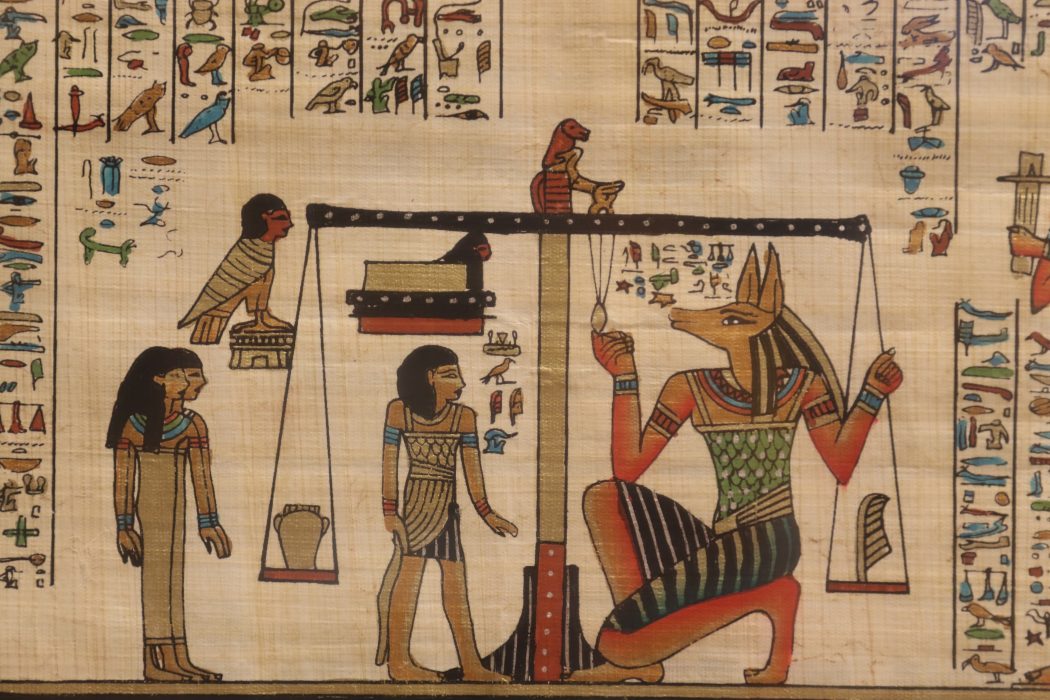Museum of Anthropology engages students and community
On the second floor of Old Main, the Utah State University Museum of Anthropology is engaging students and the community with their exhibits.
The museum began informally in 1963 when Gordon Keller, archaeology professor, began displaying a small number of artifacts in Old Main. Since then, the museum has grown to include many display cases and a collection of around 6,000 objects.
Under the direction of Molly Cannon, executive director, student teams have put together the exhibits that are now on display. They research, design and build the exhibits themselves.
“We try to have a new exhibit each semester,” Cannon said. “A full exhibit is the result of a semester or longer’s research. It is the students doing research then coming up with the design and concept for an exhibit and then constructing it.”
For one of the museum’s upcoming exhibits, they took to Twitter to let their patrons decide what would be shown next. This idea came from Josie Mythen, the museum’s outreach assistant. Mythen has been working for the museum for the last six months. The museum’s empty exhibit case will soon be featuring an Egyptian sarcophagus as determined by the Twitter poll.
As outreach assistant, Mythen also helps put together a special event every month called Family First Saturdays. These events are aimed at families and each one features a different cultural anthropology theme.
“We plan activities and teach them about whatever theme we’ve decided on,” Mythen said. “This next month, we are doing homes across different cultures. In April, we are going to be having a egypt-themed event.”
The museum is also making interactive exhibits and materials available online. Kelly Jimenez, a graduate research assistant, has been working to create story maps and other interactive materials for education and outreach.
“Right now, I am working on a story map that what is anthropology to you,” Jimenez said. “My goal is to interview professors here and create a story map that introduces those to the field of anthropology. I created a story map for the peruvian exhibit, and we put that online so people from other states can explore what we have.”
From free events to online materials to the thousands of objects on display, the learning opportunities at the Museum of Anthropology are endless. The museum staff suggests that students stop in and see what they have to offer.
“It is a small area, but there is so much here. There is lot of history here, Jimenez said. “Working here, everytime I take a break and read the exhibits we have, I always learn something new. It just makes you think and opens up your mind.”
To learn more about the Museum of Anthropology and explore the current exhibits, visit anthropology.usu.edu/museum.
—shelby.black@aggiemail.usu.edu
@shelbsterblack

